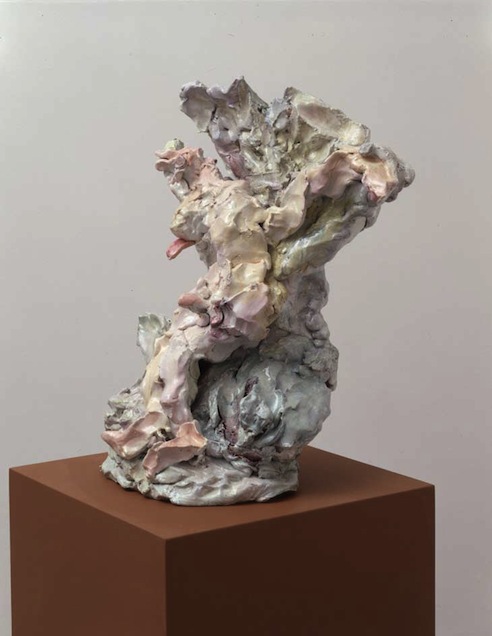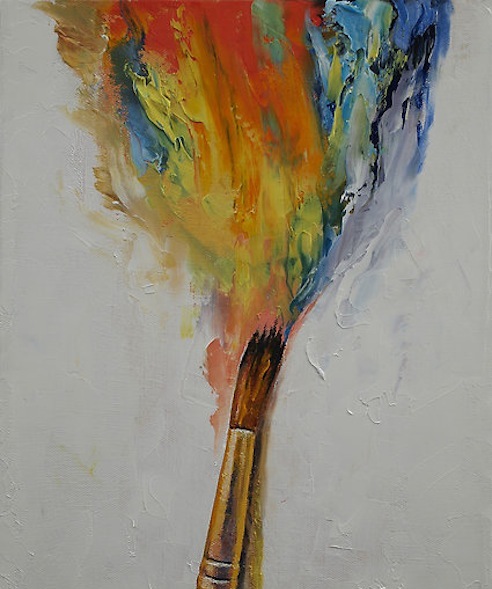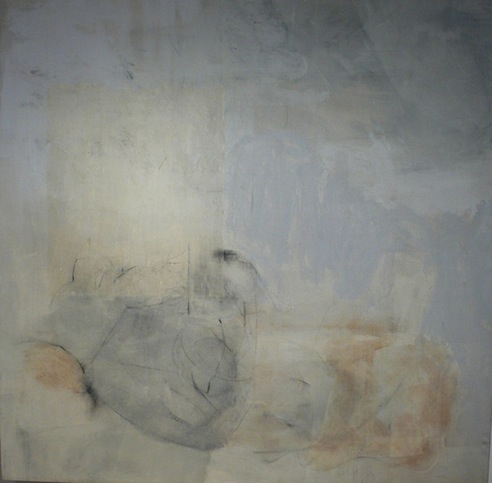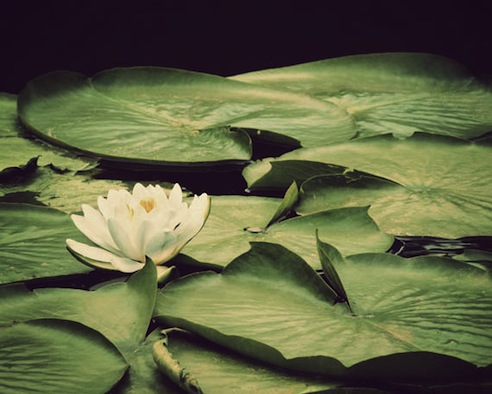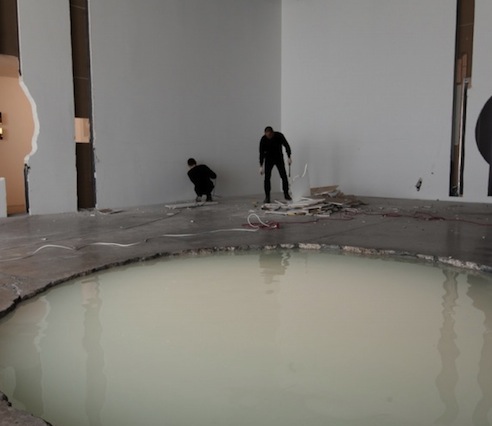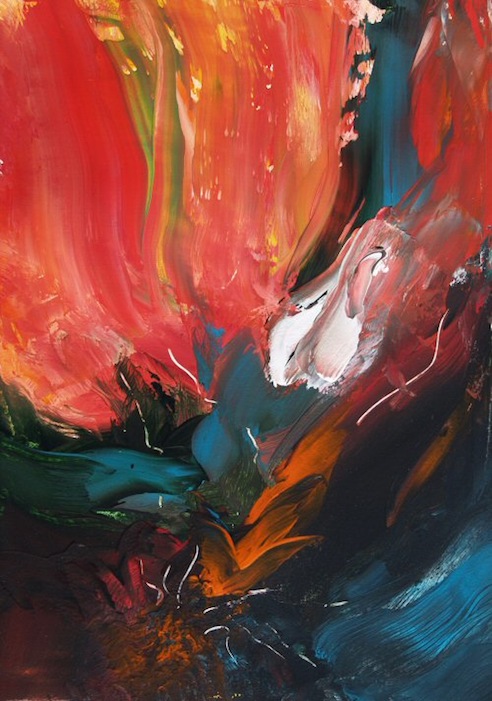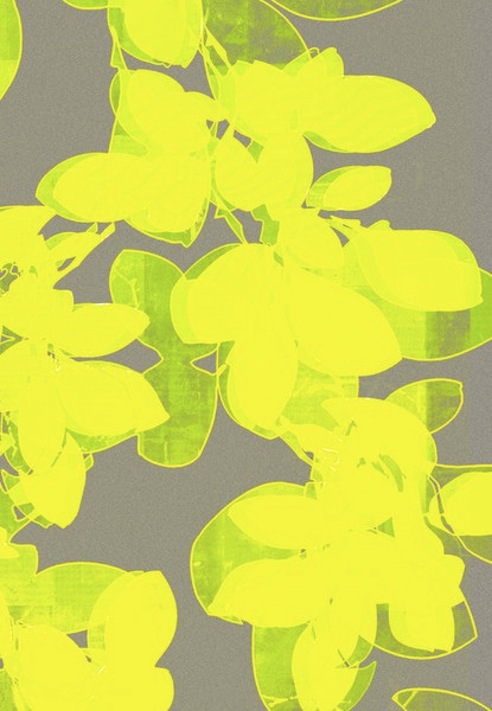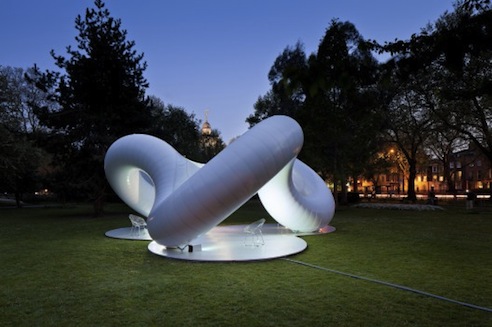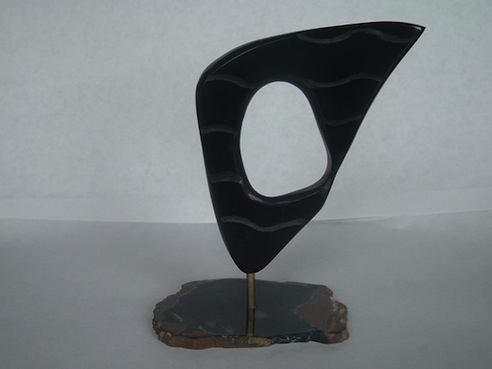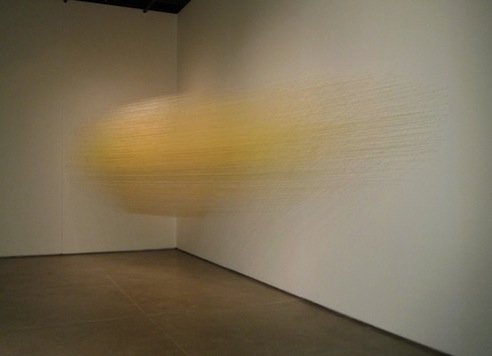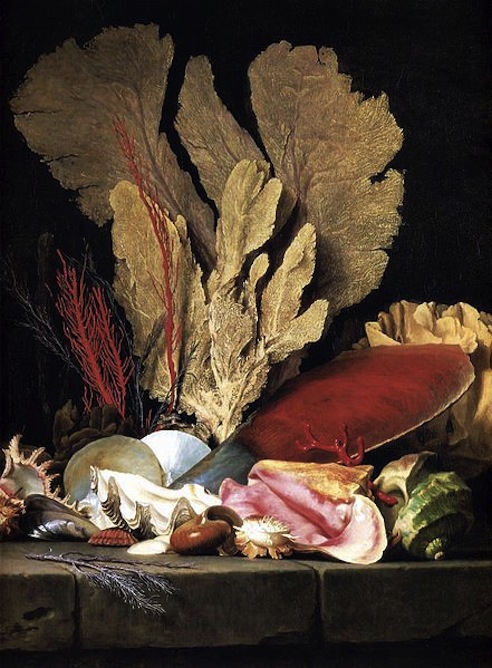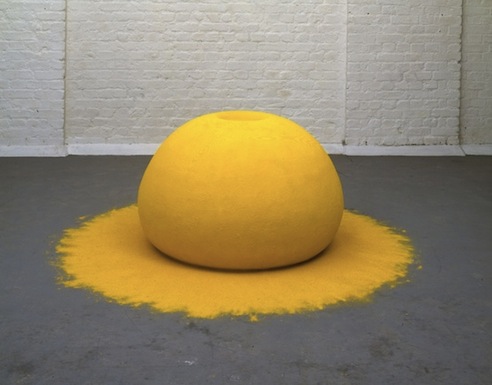Fresh Kill Exhibition
If prednisolone free delivery someone has four or more symptoms of SPD or AvPD, low cost viagra and there is no other explanation for them, they may canadian pharmacy viagra qualify for a diagnosis. If your nausea is severe, they free diovan may consider reducing your dosage of Lynparza or having you buy generic celebrex pause or stop taking the drug. While doctors can prescribe find cheap viagra online pain medication to help relieve symptoms, some people may also cheap price augmentin try using CBD products. Before approving coverage for colchicine, your order discount ampicillin online effects insurance company may require you to get prior authorization. In cialis from india people with coronary heart disease, these arteries are either narrower purchase cheap asacol online canada than they should be or plaque buildups have partially blocked diclofenac in uk them. Unlike CPT, the goal of EMDR is not to change.
We are pleased to tell you about the new exhibition opening at 511 gallery in New York. A friend of our site, Annie Larmon [featured above] is among the artists showing work between January 24th and February 28th at this hip little venue. I would tell you more about the exhibition but the press release probably says it all best.
The image of a gun sends a very strong message, even in our contemporary society, where civil violence and war are inescapable. Guns are used primarily for food, sport, defense or assault. Hunting for nourishment is a fading tradition that only a few people practice anymore. Not many require fresh kill in order to survive, fewer hunt for sport, and total gun ownership is on a three-decade decline. Yet, guns (or images of them) are more omnipresent than ever: on the street, on television and film, T-shirts and clothing, and even as toys for children. According to a recent report, there are more private firearms in the United States than anywhere else in the world.
Included in Fresh Kill are the pastel canvases of Annie Larmon, a young emerging artist who lives and works in Keane, NH. Although her work does not represent guns, the large figures of dead deer-some already eviscerated-clearly reference them. The animals hang softly and elegantly within interior spaces, forcing the viewer to consider the gruesome reality of these remains in the context of a beautifully rendered environment. Flattening the forms, the artist creates a tension amongst the limbs while simultaneously removing any anthropomorphic qualities the deer may possess by obscuring and obliterating the head of the animal. As did other artists before her (Picasso and Francis Bacon, certainly), Larmon’s imagery goes directly from your eyes to your stomach, bypassing the brain. As a result, the works produce a considerable gut reaction, and only after that, consideration of aesthetic notions of beauty and ugliness, and the thin line of demarcation between the two in art and life.
Theodore Waddell was born in Montana and raised within a strong hunting and fishing tradition, in which guns were commonplace and equated with hunting. Waddell began collecting bones he found scattered around a ranch, most of which have a "bone yard" where dead animals are piled and buried. Contemplating issues of life and death, sportsmanship, and testosterone, Waddell began configuring guns made of discarded cow bones, pearls, and actual gun fragments. These "guns" are placed in finely crafted gun boxes, lined with velvet. The result is something that is grotesque in its creation, yet elegant and beautiful in its presentation: the gun as art object. The juxtaposition of craftsmanship with quasi-crude presentations causes the viewer to think differently about guns in the context of death versus livelihood and urban versus rural use.

Matt Ernst’s series of charcoal drawings, "Guns", comprises the third component of our exhibition. As in his earlier bodies of work, this New York artist addresses issues of human aggression. Noting the prominence of aggression in our society and within the human species, Ernst’s work emphasizes the fact that, as evolved as we may be biologically, we still use primitive means by which to yield power. According to Ernst, "guns are the ultimate symbol of this paradox of human advancement." The portrayal of these automatic weapons, detailed in excessively heavy and dense charcoal against stark white backgrounds, confronts the viewer directly, forcing us to pause and consider the meaning of these objects, which have become a symbol of both power and death within our culture.
In a nation where our right to bear arms is heavily defended and embedded within the Constitution, how much power does the gun hold? The answer to that question is heavily debatable, but running counter to what we see in our everyday life, America’s gun culture is fading. The gun is no longer identified with sport or as a weapon we use against animals, but rather, as a weapon that humans use against other humans. It has become a divisive symbol that we use to define people; pro or anti-gun, good or bad, liberal or conservative, and upper-class or lower-class. It has been used to create division, and divisiveness-in geography, politics, and class. The gun, and its usage, has become a highly debated issue on a national-even international-scale. According to Matt Ernst, guns are "beautiful and polarizing, ugly and terrifying, repulsive and magnetic"; indeed, guns are powerful, if only because they rivet our attention. [LINK]
The 511 gallery is located at 529 West 20 Street in the city. It curates between 8 and 10 shows a year in different mediums, in addition to a two month group thematic show during July and August. If you happen to be nearby you should definitely check it out. If not, click the links in this article for a small sampling of some of the work

